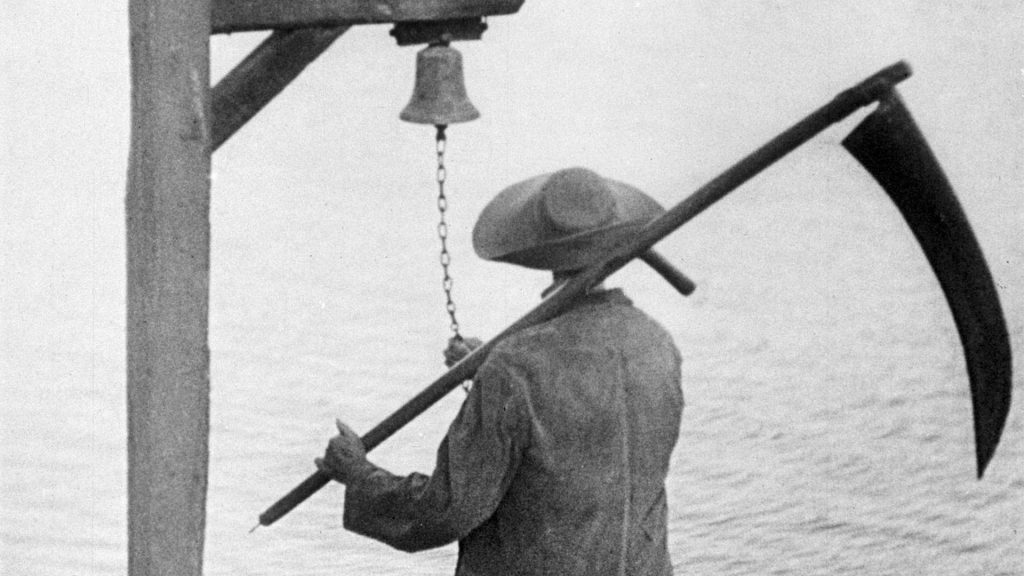
A subgenre of auteur cinema that is as fertile and fecund as it ever was is Gothic. Since cinema’s very early years, filmmakers often picked horror story for their pictures. In a large majority of cases, these stories are set in the nineteenth century, but there’s plenty of them set in modern times. Literary derivation is apparent. Georges Méliès made a proto-Gothic The House of the Devil in 1896, but it is with F. W. Murnau’s Nosferatu, released in 1922, that the genre establishes as an inexhaustible source of ideas and entertainment. La Chute de la maison Usher, released in France in 1928, was director Jean Epstein’s adaptation of the story by Edgar Allan Poe, Gothic author par excellence.
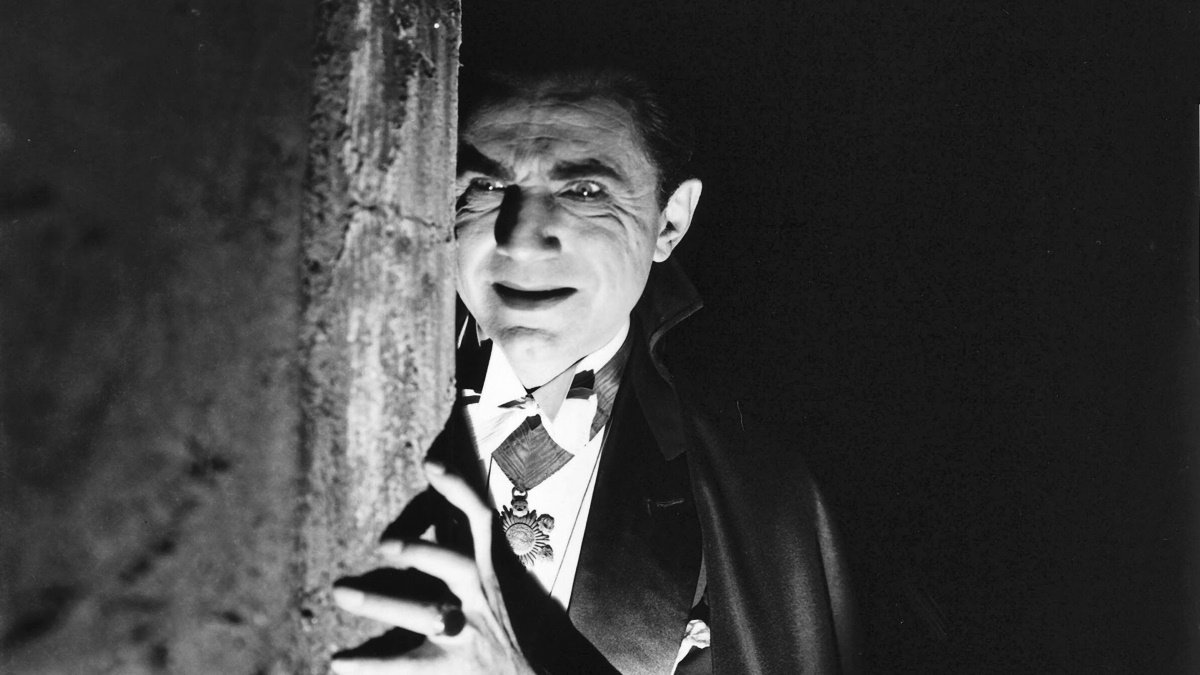
In the 1930s, Universal will bring vampires back on the screen with Dracula starring Bela Lugosi (1931) and other monsters. Frankenstein (1931) stars an extraordinary Boris Karloff, who will play the creature again in 1935 for the even more visionary The Bride of Frankenstein. Meanwhile, Danish Carl Theodor Dreyer made Vampyr in 1932, a dark, dreamlike piece that the filmmaker directed taking inspiration from a story by Sheridan Le Fanu, Camilla of 1872. This is before Bran Stoker’s Dracula.
In the 1950s and 1960s, British Hammer Film Productions produced a Dracula (1958) starring Christopher Lee, and Roger Corman, in the USA, produced a series of Gothic films based on Poe’s stories, House of Usher (1960), The Pit and the Pendulum (1961), The Haunted Palace (1963) (this is from Lovecraft, really), The Masque of Red Death (1964), The Tomb of Ligeia (1964) starring as sole protagonist Vincent Price.
In Italy, many, many horror movies were produced after Mario Bava’s trailblazing Black Sunday (1960), starring the beautiful and mysterious Barbara Stelle, a genre’s icon. Some of these films are real gems, and enjoyed success in France and America, too. With episode The Wurdulak, included in Black Sabbath (1963), The Whip and the Body (1963), and Kill, Baby, Kill (1966), horror master Mario Bava traced the guidelines of the genre that accompanied him all the way to the end of his career.
Featured Image: Vampyr – Il vampiro, 1932
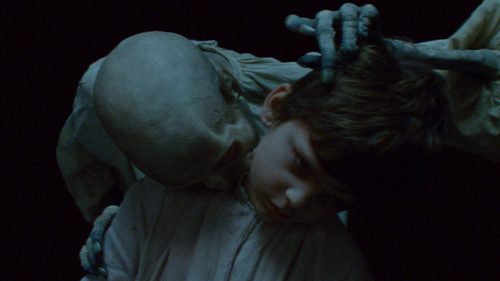
The film, directed and interpreted by Adrien Beau, is adapted from gothic novella The Family of the Vourdalak by Aleksey K. Tolstoy. Old Gorcha begs his family to put off their travels for six days. If he won’t be back by the sixth day, it means he has been killed in battle....
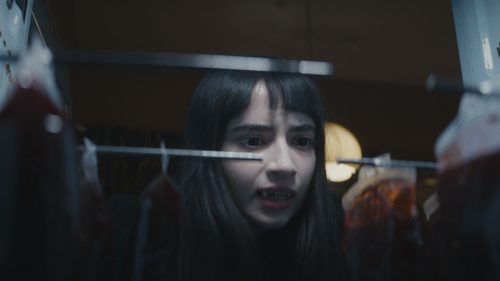
A young, reluctant vampire woman lurches at the idea of killing people, even when it comes down to her own survival. Sasha is starving herself to death, and her exhausted parents cut all funding. Coming to her aid is Paul, a depressed, suicidal young man that offers himself to...
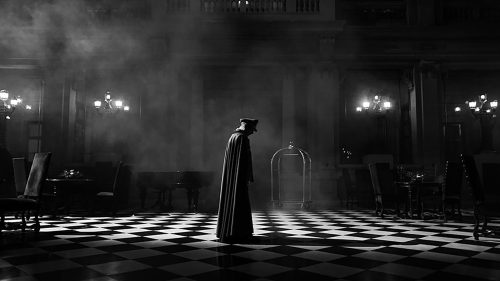
Ingeniously straddling the realms of horror and dark comedy, Pablo Larraín envisions – this time in black and white – a bleak parallel universe inspired by recent Chilean history. A global symbol of fascism, a ruthless dictator responsible for the disappearance and death ...